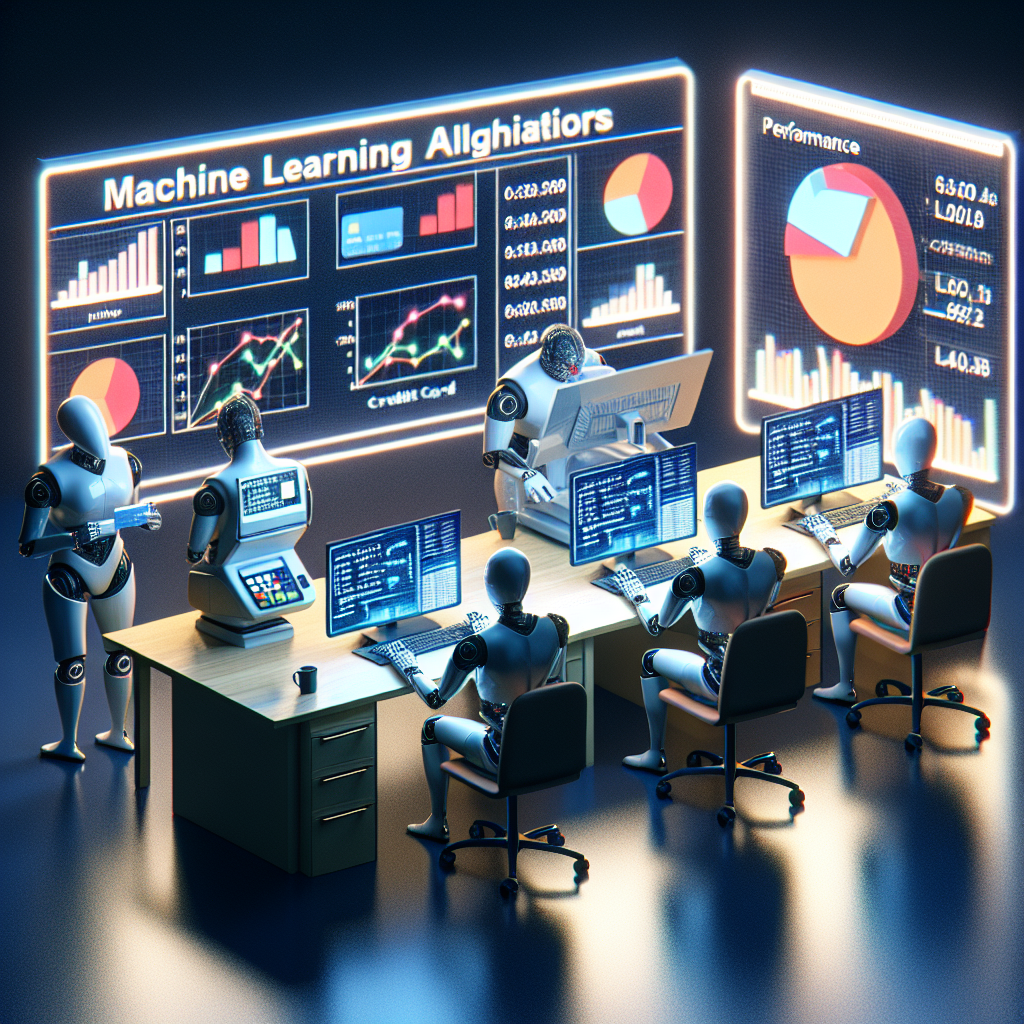Project Description: Implementation of Deep Learning Algorithm with Perceptron Using TensorFlow Library
#
Project Title:
Implementation of a Deep Learning Algorithm Using Perceptron with TensorFlow
#
Project Overview:
This project aims to implement a deep learning algorithm utilizing the Perceptron model and the TensorFlow library. The Perceptron, being one of the simplest forms of a neural network, serves as a foundational concept in machine learning and provides insights into how neural networks operate. By leveraging TensorFlow, a powerful and widely-used open-source library for machine learning, we will create, train, and evaluate a Perceptron model to perform binary classification.
#
Objectives:
1. Understanding the Perceptron Model: Learn the fundamentals of the Perceptron algorithm, including its architecture, activation functions, learning algorithms, and convergence.
2. Setting Up the Environment: Install and configure TensorFlow and other necessary libraries for Python development.
3. Data Preparation: Collect and preprocess a dataset suitable for binary classification tasks, ensuring it is properly formatted and normalized.
4. Model Development: Implement the Perceptron algorithm using TensorFlow, building a neural network architecture that includes:
– Input layer
– Output layer
– Training functions and loss calculations
5. Training the Model: Utilize backpropagation and gradient descent to train the model on the dataset, tuning hyperparameters for optimal performance.
6. Evaluation and Testing: Assess the model’s accuracy and performance using various metrics (e.g., precision, recall, F1 score) and visualize the results using plots.
7. Documentation: Document the entire process, including code snippets, results, and lessons learned throughout the project.
#
Detailed Workflow:
1. Research and Literature Review:
– Study existing literature on Perceptron models and their applications in machine learning.
– Identify scenarios where Perceptron can be effectively utilized.
2. Environment Setup:
– Install Python and TensorFlow.
– Set up a development environment using Jupyter Notebook or an IDE like PyCharm or Visual Studio Code.
– Install additional libraries for data manipulation and visualization, such as NumPy, Pandas, and Matplotlib.
3. Data Collection and Preprocessing:
– Choose a binary classification dataset (e.g., Iris dataset, breast cancer dataset, or another relevant dataset).
– Load the dataset using Pandas and preprocess it by handling missing values, encoding categorical variables, and normalizing feature values.
4. Building the Perceptron Model:
– Define a class for the Perceptron model or use TensorFlow’s Keras API to build the model.
– Set up the model architecture with appropriate input and output layers.
– Select an appropriate activation function (e.g., sigmoid) for binary classification.
5. Training Process:
– Split the dataset into training and testing sets.
– Compile the model with a suitable optimizer (e.g., Adam or SGD) and loss function (e.g., binary cross-entropy).
– Train the model using the training set and implement early stopping to avoid overfitting.
6. Model Evaluation:
– Use the testing set to predict outcomes and evaluate the model’s performance using metrics such as accuracy, confusion matrix, precision, recall, and F1 score.
– Visualize training history and evaluation results with Matplotlib to illustrate model performance over epochs.
7. Finalization & Documentation:
– Summarize the project’s findings, challenges encountered, and solutions implemented.
– Prepare detailed documentation and comments within the code for clarity.
– Create a presentation or report highlighting the methodology, results, and potential applications of the Perceptron model.
#
Expected Outcomes:
– The successful implementation of a Perceptron model capable of performing binary classification tasks.
– A comprehensive understanding of the workings of neural networks at a foundational level.
– Enhanced skills in using TensorFlow for deep learning projects.
– A well-documented project that can serve as a reference or be further developed into more complex neural network architectures.
#
Tools and Technologies:
– Programming Language: Python
– Libraries: TensorFlow, Keras, NumPy, Pandas, Matplotlib
– IDE: Jupyter Notebook / PyCharm / Visual Studio Code
– Dataset: [Selected binary classification dataset]
Conclusion:
This project not only emphasizes the implementation of a foundational deep learning algorithm but also aims to demystify the principles underlying neural networks, setting the stage for exploring more complex models in the future. Through this hands-on approach, participants will appreciate the immense potential deep learning holds in the realm of data science and artificial intelligence.











